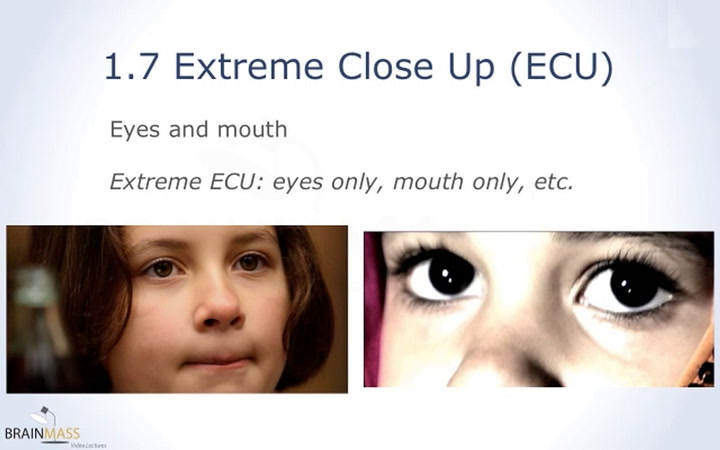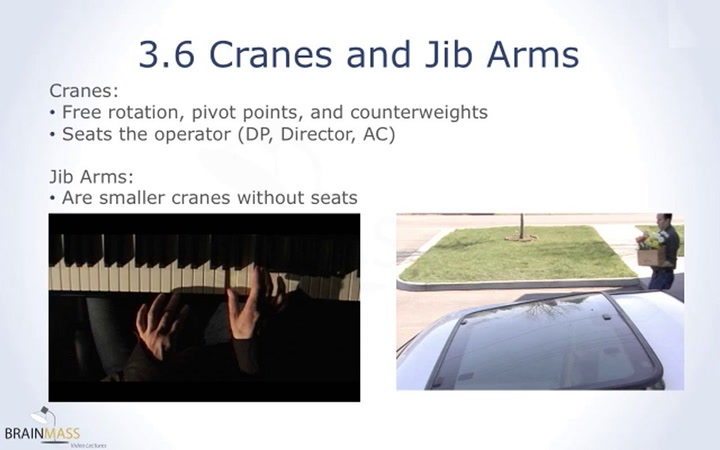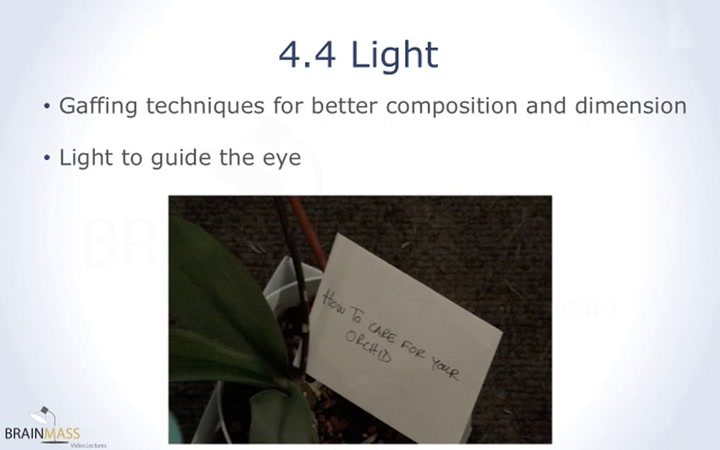Cinematography: Shot Sizes, Angles, and Movements
This lecture will introduce the language of cinematography in film and how the employment of these concepts affect the viewer?s experience. We will investigate the basic types of shot sizes, angles, and movement that are employed to enhance the story. These basic concepts will empower students to speak about these cinematographic techniques with confidence and will assist in supporting written analyses regarding story in film. This lecture will be of interest to new film studies undergraduates or any level student of other disciplines who are analyzing film in relation to their major of study, such as English, Sociology, Psychology, Women and Gender Studies, etc.
In this series: 6 Videos | 01:02:19 Total Length
In the first video the viewer learns about different shot sizes, including Extreme Long Shot, Full Shot, Medium Full Shot, Medium Close Up, and Close Up

Shots are finished off with Extreme Close Up and Hitchcock's Rule. The viewer then begins to learn about Types of shots and Angles of shots, including Singles, Two-Shots, Over The Shoulder's, Dirty Singles, and Point of View (POV).

Inserts and Cutaways, High and Low Angles, Birds Eye View, Canted Angle, and All About The Power.

The viewer begins to learn about different camera movements, including static, pan and tilt, hand held, steadi-cam, and dolly shots.

Camera movements continue with crane and jib arms, zooming, and rack-focus. The section is summarized and the viewer transitions into additional topics of cinematography including the Hitchcock Zoom, lenses, and depth of field.

Additional topics continue with light, color temperature, speed, and the axis, and the whole series is concluded.
